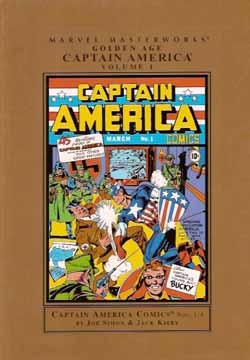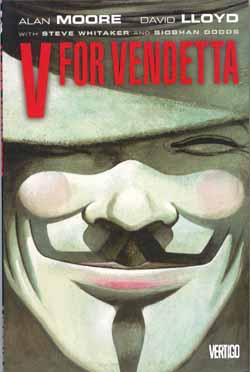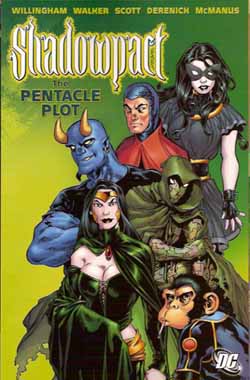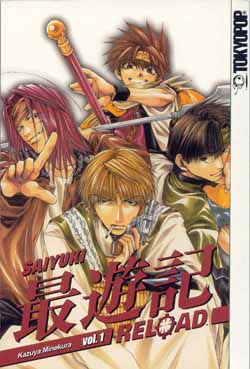 Â
Â
By Joe Simon & Jack Kirby and various (Marvel Comics)
ISBN: 0-7851-1619-2
WARNING! The following review might seem confusing or even disquieting to new fans, regular folks, girlfriends, wives and significant others of seasoned, long-time collectors.
There seems to have grown recently (by which I mean the last half-decade – I’m old, remember?) a minor phenomenon in the world of comic collecting. The success of DC’s Archive imprint, which produces luxury hardback reprints of rare, valuable and just plain old items out of their mammoth back catalogue has resulted in a shelf-buckling array of Golden and Silver Age volumes that pay worthy tribute to the company’s grand past and serves a genuine need amongst fans of old comics who don’t own their own software company or Money Bin. It should also be noted that many volumes, at least latterly, seem to coincide with the release of a Film or TV show.
From tentative beginnings in the 1990’s both DC and Marvel have pursued this avenue, perhaps as much a sop to their most faithful fans as an exercise in expansion marketing. DC’s electing to spotlight not simply their World Branded “Big Guns†but also those idiosyncratic yet well-beloved collector nuggets – such as Doom Patrol or the Spectre – was originally at odds with Marvel’s policy of releasing equally expensive editions of their major characters from “the Marvel Age of Comicsâ€. The latter’s selections had seldom, if ever, been long out of print (a policy instigated in 1965 as a means of keeping new fans/recruits abreast of the tight continuity that Stan Lee and his team were constructing), and originally the quality of reproduction left a lot to be desired. So it was with some degree of nervous elation that I found that the House of Ideas had finally thought to mine its own Golden Age roots.
The Captain America volume reprints more or less the complete contents of the first four issues of his original title, and I stress this because all the leading man’s adventures have often been reprinted before, most recently in a shoddy but expensive 2 volume boxed set issued in 1991. That’s not really the lure here. The real gold for us old sods are those back up features from Joe Simon, Jack Kirby and a host of talented youngsters. Reed Crandall, Syd Shores, Alex Schomburg and all the rest worked on the likes of Hurricane, the God of Speed and Tuk: Caveboy; features hardly remembered yet still brimming with the first enthusiastic flexings of creative legends in waiting.
All in all, I’m glad to say that the stories did not disappoint too greatly, although the reproduction is still far behind the quality of their rivals at DC, and the colouring is often sloppy and heavy-handed. The major advantage over Marvel’s other foray into the far past is simply the work itself.
Sacrilegious as it sounds to my brother fan-boys, the plain and simple truth is that no matter how venerable and beloved those early stories are, no matter how their very existence may have lead to classics in a later age, in and of themselves, most early Marvel tales just aren’t that memorable.
The obvious popularity of the Human Torch and Sub-Mariner back then just does not translate into a good read for the modern reader. In comparison to their contemporary rivals at Quality, Fawcett, DC or Dell, not to mention Will Eisner’s works for various companies as well as his Spirit strip, the standard of most Timely periodicals (the company’s then name) was woefully lacklustre in both story and mostly, art. That they survived and prospered is a Marvel mystery, indeed. I wonder what would have happened had Simon & Kirby gone straight to DC?
We’ll never know, and though they did jump to the majors after a mere ten issues their dynamic became a primary style for super-hero comics at the company they left, and the character they originated became a flagship icon for them. Although lagging far behind DC, and in many ways having a much shallower well to draw from, I’d like to think that Marvel has overcome an understandable reluctance about its earliest product and will continue to re-present these masterworks, even if they’re only of interest to the likes of sad old me.
© 1941 and 2005 Marvel Characters, Inc. All Rights Reserved.
 Â
 
 Â
  Â
  Â
  Â
  Â
Â